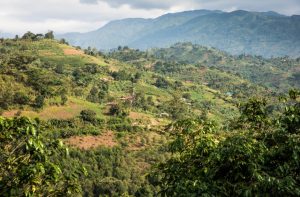Wrapped in a Sea of Plastic
Half a century of this “uncontrolled experiment” is fast becoming as serious a problem as climate change. Plastics everywhere was bad enough, but now multiple
Half a century of this “uncontrolled experiment” is fast becoming as serious a problem as climate change. Plastics everywhere was bad enough, but now multiple
Women in Indiana’s “corn belt” had shorter pregnancies if they were regularly exposed to glyphosate, a new peer-reviewed study has found “Glyphosate is the most
We have all heard of vegetarian, vegan and flexitarian diets. But have you heard about wildevore diet? Surely, no! Nowadays, dieting is considered a national

About one third of the world’s land, more than four billion hectares, is forest. Every year, this area decreases by an average of 13 million
Scientists arrived at this figure, which is around 16 times higher than previous estimates, by assessing aerial images alongside data from ships dragging nets through
Around 8 million tons of plastic waste is dumped in the ocean annually. That equates to emptying a garbage truck of plastic into the sea every minute ,
Will Harris, a good ol’ boy Georgia rancher, may well be our nation’s best bet for a better, more sustainable future. He’s the subject of
This headline from the smart website newfoodeconomy.org caught our attention: “General Mills is transitioning 53 square miles of South Dakota farmland to certified organic.” That’s
Electricity generation from both natural gas and coal fell in 2017. At the same time, renewables – especially hydropower, wind, and solar – continued to
California’s drought-to-deluge cycle can mask the dangers Mother Nature can have in store. During one of the driest March-through-February time periods ever recorded in Southern